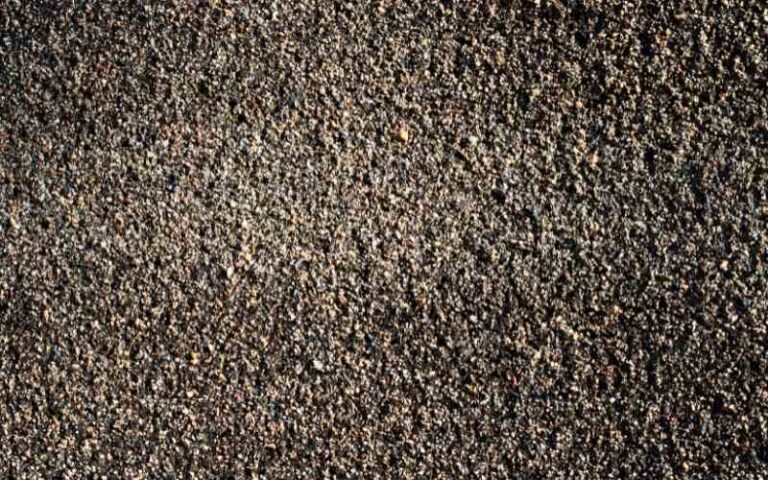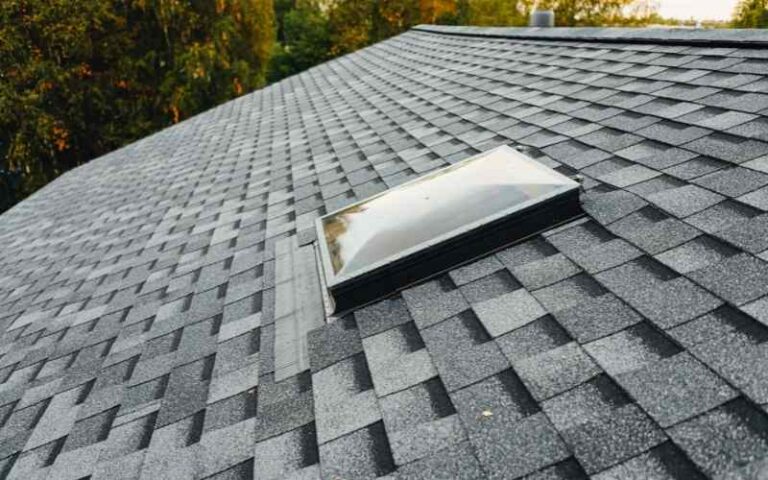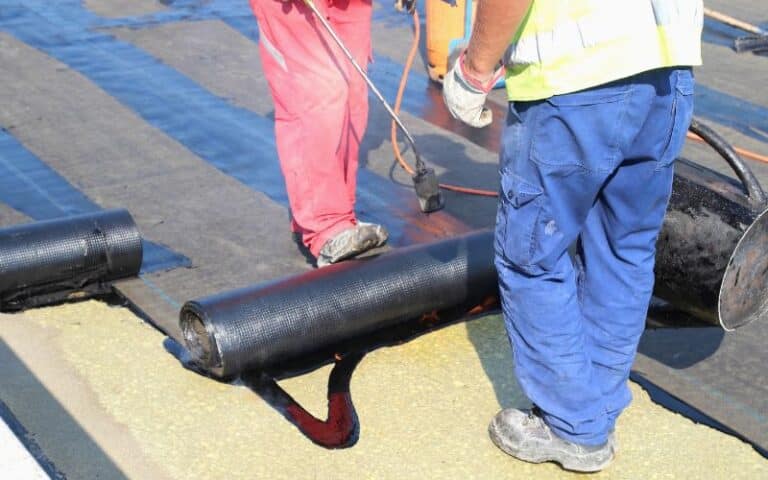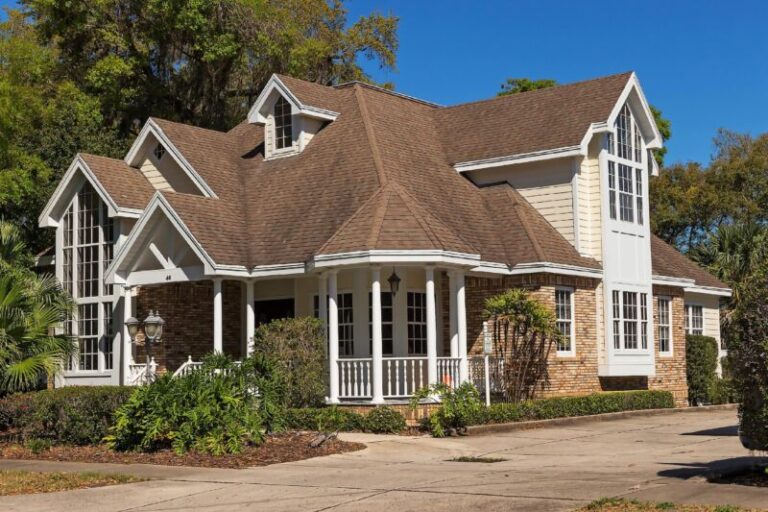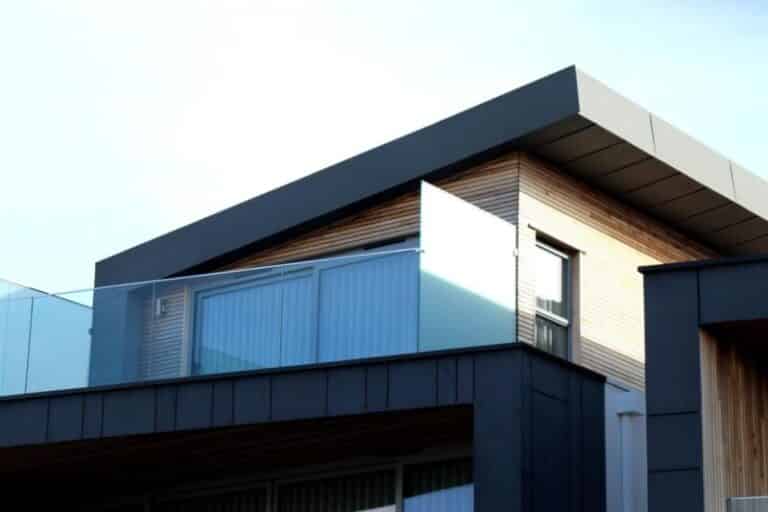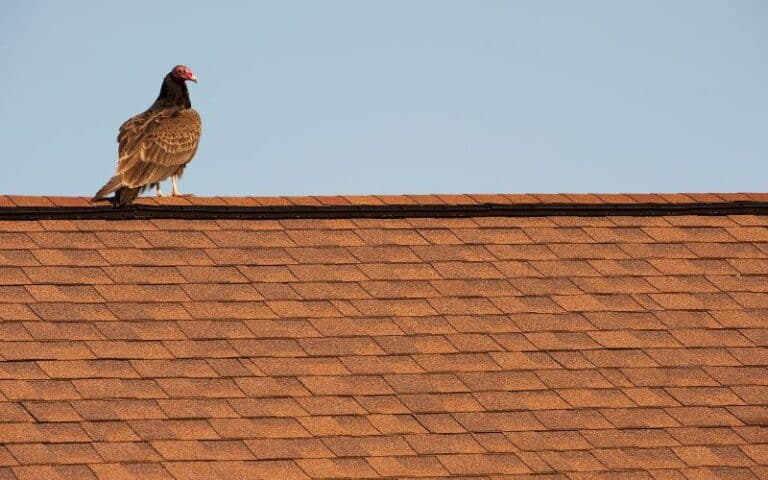Installing Hardie siding can considerably improve the look of your home, increasing its resale value and appeal.
Hardie siding is also critical in protecting your house from the elements.
A study shows that installing Hardie siding is a way to keep your monthly bills low and earn long-term savings.
However, is it possible to install Hardie siding without corner boards?
It is possible to install Hardie siding without corner boards. For this reason, if you plan to install Hardie siding but lack corner boards, you need not worry too deeply. Nonetheless, the installation process would take you a more extended time. If you have enough time to spare, you’re good.
This article will expose you to many things you didn’t know about Hardie siding, its installation, and its application process. Read ahead to find out more!
Ready for a Roofing Quiz?
Can You Fix Hardie’s Siding Directly on the Studs?

It is possible to fix Hardie’s siding directly on studs without sheathing. Some companies would advise that you install Hardie siding right to the studs.
Others say you must sheath the walls in Oriented Strand Boards (OSB).
And then use black paper before siding, with the mindset that Hardie plank is not a very structural material.
Well, the two opinions are correct to some extent. You can install Hardie directly on studs without sheathing.
Albeit, it would require let-in bracing to make the walls structurally rigid. Many people spend years in their houses unaware of the sheathing conditions.
It is not bad if you did not know that there was no sheathing beneath your siding until you checked it out.
Sheathing performs the duties of insulation, covering, structural support, and many more.
The absence of sheathing underneath your siding is not a structural defect.
It could be that the addition of sheathing was not in the construction plan of your house. But still, you can choose to add sheathings if you wish.
You have two options when you want to install Hardie sidings and are wondering what sheathings you should use.
They include;
- Structural Sheathing
- Non-structural Sheathing
Additionally, you can choose to use the sheathings individually or together. This decision depends on the building plan.
#1. Structural Sheathing
Structural Sheathing holds framing studs together. It makes the walls resilient and protects them from bending and twisting.
It provides a sturdy and robust structural capability, which means it works as structural support for your house.
#2. Non-Structural Sheathing
Unlike structural sheathing, non-structural sheathing lacks support value. On the other hand, it helps keep your house insulated.
It works with your building’s envelope to improve insulation. In many cases, it acts as a radiant barrier. Additionally, it prevents the infiltration of wind and water.
Here are some differences Between Structural and Non-Structural Sheathing.
| Structural Sheathing | Non-Structural Sheathing |
|---|---|
| It offers building support for the house. | It has no support functions. |
| It lacks insulation value for the building. | Its primary function is building insulation. |
| Examples include OBS, plywood, gypsum-related materials, wafer board, etc. | Examples include plastic, cellulose fiber, foam, foil-faced and paper-faced boards. |
What Is the Importance of Corner Boards on Studs?
Corner Boards are vital for studs. They help to protect against lateral loads, otherwise known as raking forces.
Studs efficiently support against the vertical loads experienced. However, there is a need for resistance of lateral loads like wind and dynamic loads from earth tremors.
The reason is that these loads transfer onto the foundations, and they can cause damage to it.
Thus, you can see that the corner boards help to resist the wind loads and horizontal forces on the building.
Related: Code Clearance Between Siding And Patio!
How To Install Hardie Siding Without Corner Boards?
It is possible to install Hardie siding without corner boards. However, most people stick to the conventional way of using corner boards during the installation.
The reason is that when you install Hardie siding with corner boards, the process takes less time and energy.
Owing to the prevalent use of corner boards during the installation process, many are unaware that the installation process can also proceed without corner boards.
Nevertheless, compared with the conventional method, the disadvantage of this method is that it requires much time and energy.
Additionally, it requires refined expertise. Therefore, non-professionals may not be able to complete the process.
Firstly, let’s look at the tools you will need for the installation process:
- A circular saw
- A pencil
- A workbench
- A tape measure
- Dust mask, hand gloves, and goggles.
- A nail gun
Let’s walk you through the steps of installing Hardie siding without corner boards.
#1. Prep Work:
The first thing you would do is preparatory work. You need to remove the old siding on the walls. Ensure to remove existing nails and staples.
#2. Measure and Cut the Hardie Siding:
After making appropriate measurements and marking where and how you want your Hardie siding, proceed to pre-cutting the materials.
You can do this with a circular saw.
#3. Install the Siding:
Use your nail gun to install the panels. Ensure that the overlapping panels cover the nails for a more professional outlook.
#4. Seal With Caulk:
It would be best if you sealed the Hardie siding with a caulk. The reason is that it helps to keep everything watertight.
Ensure to use matching colors at the edges where you use your caulk.
Read More: Can You Use Particle Board For Roofing? (Let’s Find Out)
Does Hardie Siding Look Good Without Corner Boards?
You might worry about your house’s appearance if you install Hardie siding without corner boards. Nonetheless, your worries are not without basis.
Nobody wants a house that is not sturdy and has a professional look, so everyone wants their building constructed to the best standards.
Nonetheless, you need not worry about how your house will look under these construction conditions.
The reason is that a good professional can successfully install Hardie siding without corner boards.
The result is a building with almost similar looks and qualities, with one constructed with corner boards.
Therefore, Hardie’s siding looks good without corner boards. You can give it a try.
FAQs
#1. How Long Does Hardie Siding Last?
Investing in Hardie siding is a wise choice with no chance for regrets. The reason is that Hardie siding can last for more than 50 years.
So you can rest assured about its longevity and continue living without worries.
#2. How Resilient Is Hardie Siding?
Hardie siding is highly resistant to elements and whatever Mother Nature throws. It is waterproof and can resist wind damage, termites, pests, heat, and even fires.
#3. Is Hardie Siding Difficult To Maintain?
Hardie siding is among the easiest to maintain compared with other types of siding. Maintenance is less stressful and also consumes less time.
You only need to get a soft to medium nylon brush and your garden hose, then scrub off all the diets that might have accumulated. You can do this every six to twelve months.
#4. What Kind of Warranty Does Hardie Siding Have?
All Hardie siding products have a 30-year non-prorated warranty. The trim products have a 15-year non-prorated warranty.
Contractors must get proper training on installing Hardie sidings to adhere strictly to the company’s standards and avoid nulling the warranty policy.
Related: Azek Siding Vs. Hardie Board (In-Depth Comparison)
Final Thoughts
Choosing a reliable siding product for your construction is essential. Hardie siding has excellent quality. Also, it’s reliable and resilient to element factors.
Additionally, you can install Hardie siding without worrying about corner boards and what their absence would cause. However, you need to call a professional for this process.

